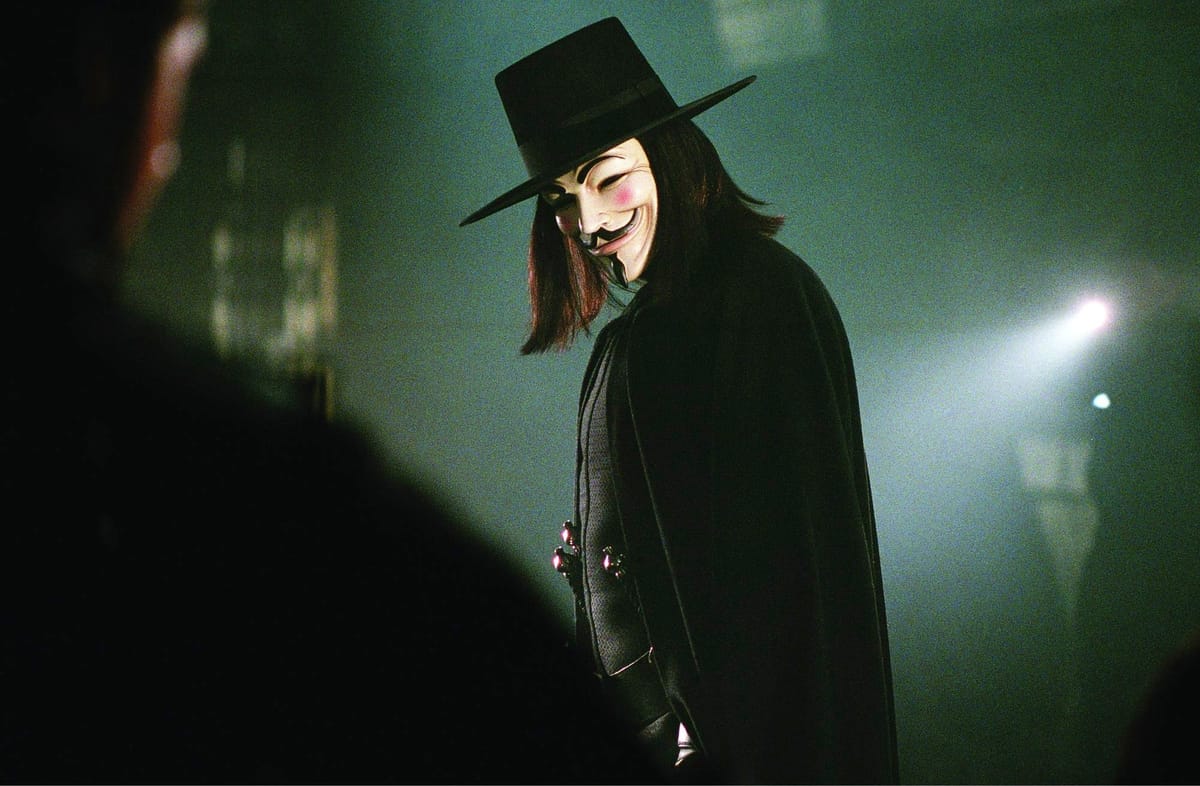The Revolution Will Not Be Televised
Stories of revolution have long faced the struggle of delivering a message meant to agitate through a medium designed to satisfy and entertain.

Stories of revolution have long faced the struggle of delivering a message meant to agitate through a medium designed to satisfy and entertain.


From Paris pushing back against SHEIN’s first permanent store, to a closer look at how wealth is framed across film and architecture, to Bob Ross paintings selling for over $600k to support public TV.

On the first day of SHEIN’s grand opening in Paris, shoppers and protestors rally at the BHV department store. The fast-fashion giant now faces controversies, boycotts and fury over labor issues, sustainability, and scandals involving its sales of “childlike” sex dolls

Sometimes richness looks like an opulent mansion, sometimes it looks like a sleek modern home. In these different aesthetic visions of wealth, we get different accounts of its injustices.

This week we look at Zohran Mamdani’s historic win, the new U.S. Poet Laureate, the creative limits of IMAX, the elegance of xia, the opening of Egypt’s Grand Museum, and Saba’s latest track that reminds us hip-hop still breathes off the charts.